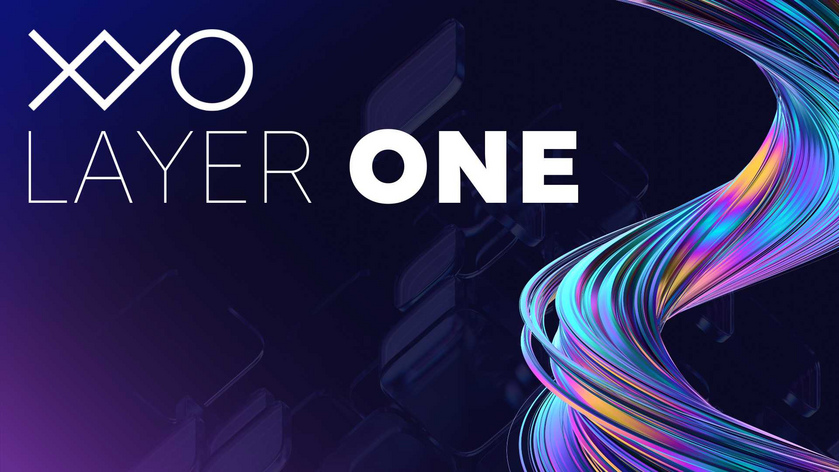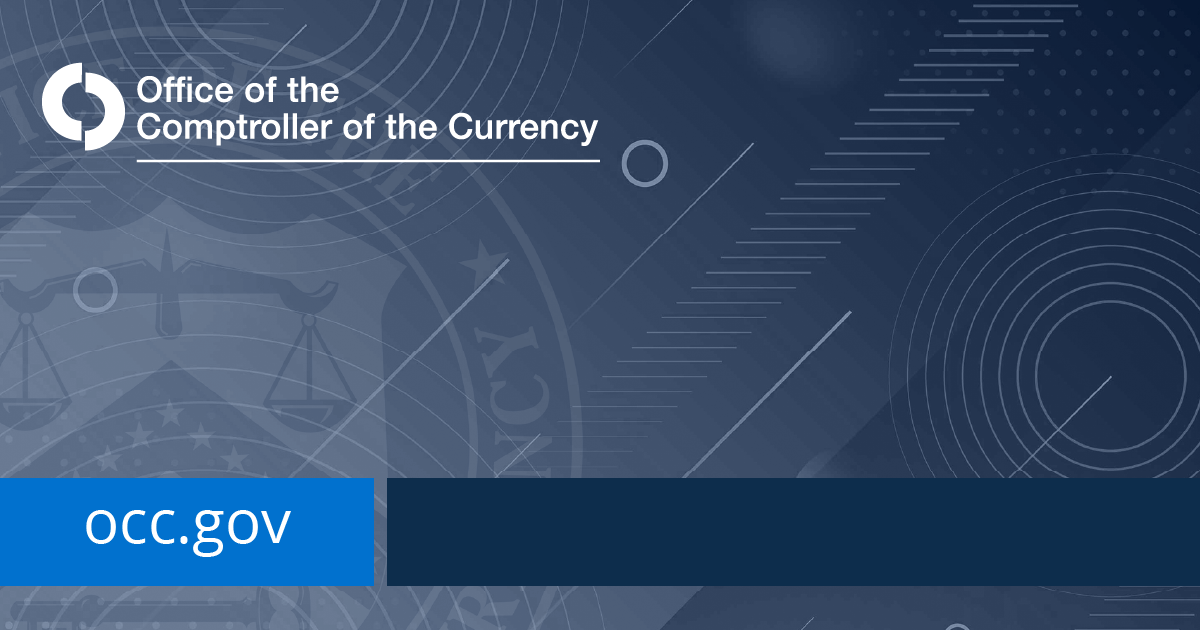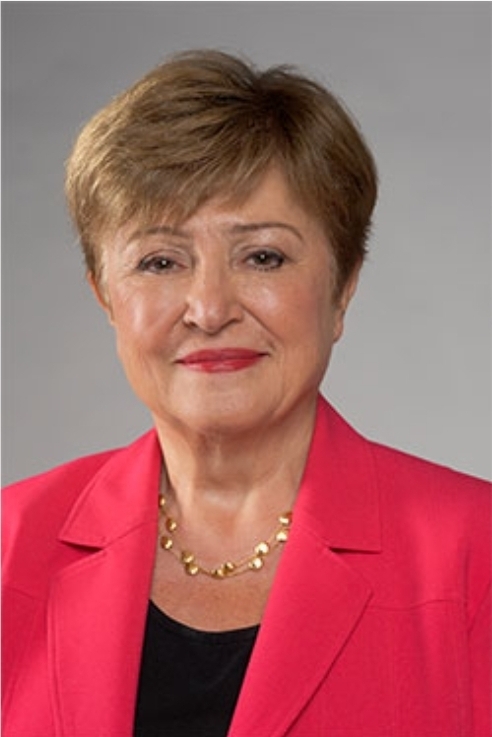Infinite Potential. Unified Vision. Revolutionary Design.
Introducing XYO Layer One — the blockchain built with data at its core. Designed to transform how decentralized systems connect with each other and the world, it’s a highly scalable, forward-thinking blockchain that pushes the boundaries of what blockchain technology can do. It offers radically innovative architecture that connects independent blockchains and even Web2 systems into a unified ledger and single source of truth for its users and applications. Perfectly suited for businesses and organizations making the leap from Web2 to Web3, as well as Web3 projects seeking seamless interoperability, it empowers industries that rely heavily on data while offering remarkable privacy and efficiency. With XYO Layer One, XYO is defining the future of decentralized technology.
What is XYO Layer One?
XYO Layer One is a super-smart blockchain network and database designed to store and share information securely, fostering collaboration across diverse technologies. As a cornerstone of XYO’s Decentralized Physical Infrastructure Network (DePIN), Proof of Location, and data certainty technologies, it transforms how big data is managed—delivering speed, reliability, and cost efficiency. This innovation supports applications ranging from AI models and blockchain tools to real-world asset (RWA) management and DePIN, all while empowering users to control and monetize their data.
Because it’s purpose-built for data-heavy industries like AI and DePIN, XYO Layer One introduces truly unique architecture that allows different blockchains to operate simultaneously with a unified, shared ledger. With transformative solutions like roll-ups (scalable frameworks that bundle transactions to improve efficiency) and customizable privacy controls, it bridges Web2 and Web3, enabling businesses to adopt blockchain without sacrificing data control or scalability.
By seamlessly connecting with multiple blockchains, as well as Web2 and Web3 systems, XYO Layer One ensures a trusted, decentralized foundation for managing transactions, records, and location data.
The Challenge: A Data-Reliant World Without Reliable Data Technology
Data chaos—where fragmented, unverified, and inconsistent data flows through disconnected systems—requires a solution. In today's interconnected world, the sheer volume of data generated every second often lacks structure and quality, leading to inefficiencies, mistrust, and inaccuracies in decision-making processes. Modern technologies not only thrive on vast quantities of data, but they also require this data to be accurate, verified, and actionable. That’s where XYO Layer One blockchain comes in.
Combining XYO’s expertise in data sovereignty, cryptographic protocols, and Proof of Location and Proof of Origin technologies, XYO has been refining the way we ensure data integrity since 2018. With a DePIN of over 8 million nodes globally and years of development and partnerships behind it, XYO Layer One is now poised to serve as the backbone of the XYO ecosystem. Just as the internet unified disparate data sources, XYO Layer One transforms fragmented data into a trusted, unified source of truth.
The XYO Layer One blockchain:
- Maintains data sovereignty and data control with shared ledger capabilities
- Is highly scalable for data-reliant industries
- Supports roll-ups for efficiency and cost savings
- Has privacy-first design with customizable data exposure
- Is ideal for Web2 companies transitioning to blockchain
- Provides transparent and effortless staking rewards & payments
- Can verify and immortalize IoT data
- Supports decentralized, seamless connections to smooth workflow and empower innovation
By resolving blockchain fragmentation, XYO Layer One is the ultimate foundation for trust and efficiency in the data and AI economy, both today and in the years to come.
Unlock the Power of XYO Layer One
For Industries: From real estate to insurance and beyond, XYO Layer One provides tamper-proof, transparent data solutions tailored to today’s challenges. Its flexible architecture ensures seamless integration with existing systems, enabling industries to enhance trust, streamline operations, and unlock new efficiencies.
For Developers: Build the future with us. Whether it’s gaming, AI, or supply chain solutions, XYO Layer One empowers applications to thrive with 8+ million nodes ready to scale. This unparalleled infrastructure supports rapid deployment, high data throughput, and seamless interoperability, giving developers the tools they need to innovate without limits.
For Business Operations and Workflows: Unify partner communication with shared infrastructure. No bespoke systems, no inefficiencies — just seamless integrations and collaboration. With XYO Layer One, businesses can create a trusted, decentralized environment where data flows securely and efficiently across partners, streamlining operations and reducing overhead.
Key Takeaways:
Transforming the Data Economy with XYO Layer One
- Shared Truth: A unified ledger ensures data across the ecosystem is consistent, verified, and trusted, creating a single source of truth for businesses and applications.
- Blazing Speed: High-speed transaction processing enables seamless operations, ensuring that even data-heavy use cases can thrive without delays or bottlenecks.
- Decentralized Economy: Empowering businesses and individuals with a scalable ecosystem for staking, payments, and decentralized services that drive innovation and collaboration.
- Interoperability Redefined: Effortlessly connect Web2 and Web3 systems, independent blockchains, and diverse technologies with architecture built for seamless collaboration.
- Cost Efficiency: With innovative roll-ups and scalable frameworks, XYO Layer One minimizes costs without sacrificing performance, making blockchain adoption accessible and sustainable.
- Customizable Privacy: Leverage privacy-first design that empowers users to define how their data is shared, ensuring security tailored to specific business needs.
Blockchain Reimagined for Infinite Opportunities
Are you ready to build the future with XYO Layer One?
Launching in Q1 2025, the XYO Layer One blockchain introduces powerful features that redefine data management. Permanent data storage, multi-chain interoperability, and sovereign data ownership form the backbone of its design, offering highly scalable, tamper-proof solutions for any project. It accelerates AI training, enhances supply chain transparency, optimizes DeFi tools, and strengthens RWA management with augmented Proof of Location. Built to adapt to emerging technologies, XYO Layer One bridges the gap between traditional and decentralized systems, enabling developers, businesses, and individuals to unlock new possibilities in data-driven innovation.
Following the launch of XYO Layer One, we’ll introduce staking features, unveil detailed technical documentation—including the XYO L1 white paper—and release cutting-edge tools to empower developers in building the next generation of decentralized applications. XYO is committed to driving blockchain innovation, ensuring a future where technology and trust work together seamlessly.
Visit xyo.network/layer-one and discover how XYO Layer One is revolutionizing data sovereignty, decentralization, and trust.




























